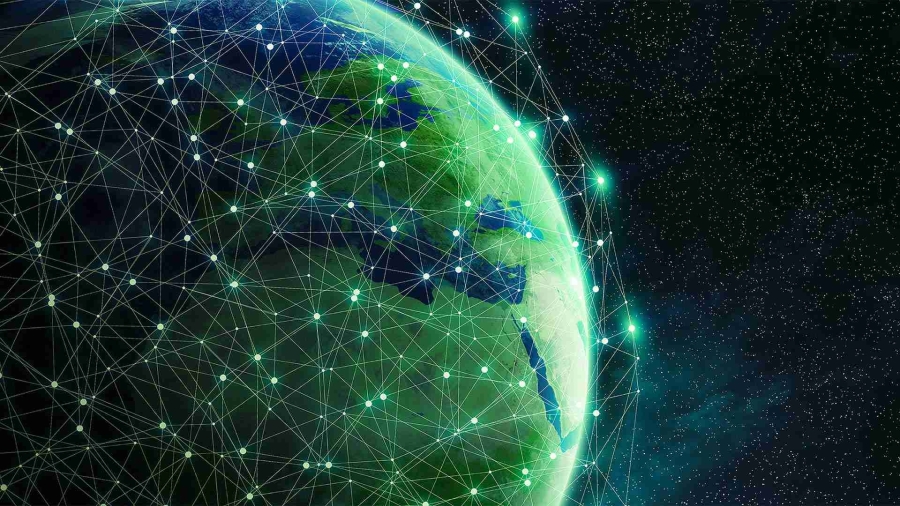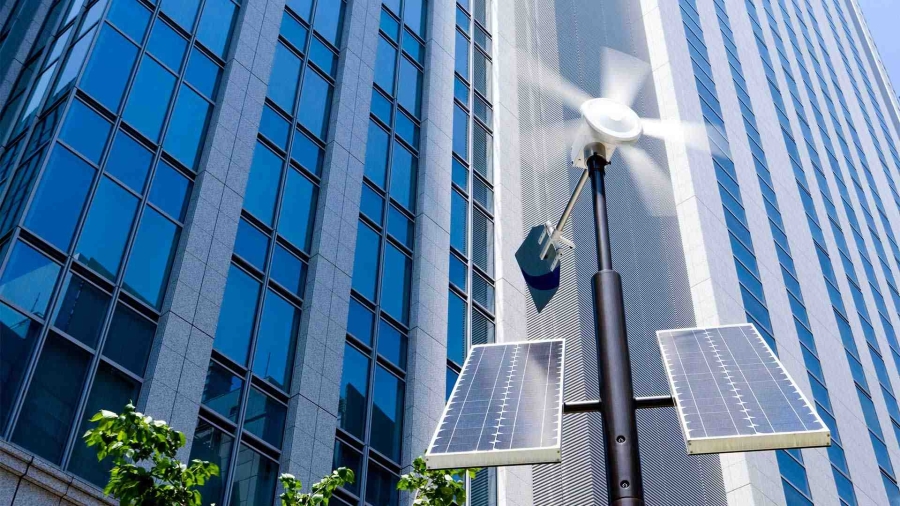To keep global warming limited to 1.5 degrees (compared to preindustrial levels), carbon dioxide emissions must be zeroed by 2050, and reduced by 30-50 percent by 2030 (while other greenhouse gas emissions must also be significantly abated). The bulk of these emissions comes from energy. A transition toward a net-zero economy is thus also an energy transition of momentous proportions. The pace and extent of its unfolding has simply no precedent in history: it has to happen within a time frame twice shorter than in the past, and on a global scale.
This report is another contribution to this question and proposes an alternative approach. It builds on key findings from the study of past energy transitions. History indeed reveals that what drives energy transitions is actually the way this energy is used and consumed. Energy transitions happen because new energy resources bring about positive changes in consumption patterns, or because new consumption patterns emerge and call for innovations in energy use. Energy supply has always chased energy demand. What this means is that the only way to realize a transformation of the energy system of such magnitude is to design a transition that makes sense for the consumer, hence driving adoption – rather than resistance – at an accelerated pace.
1.5°C is more feasible than we think. Find out more in the full report.













